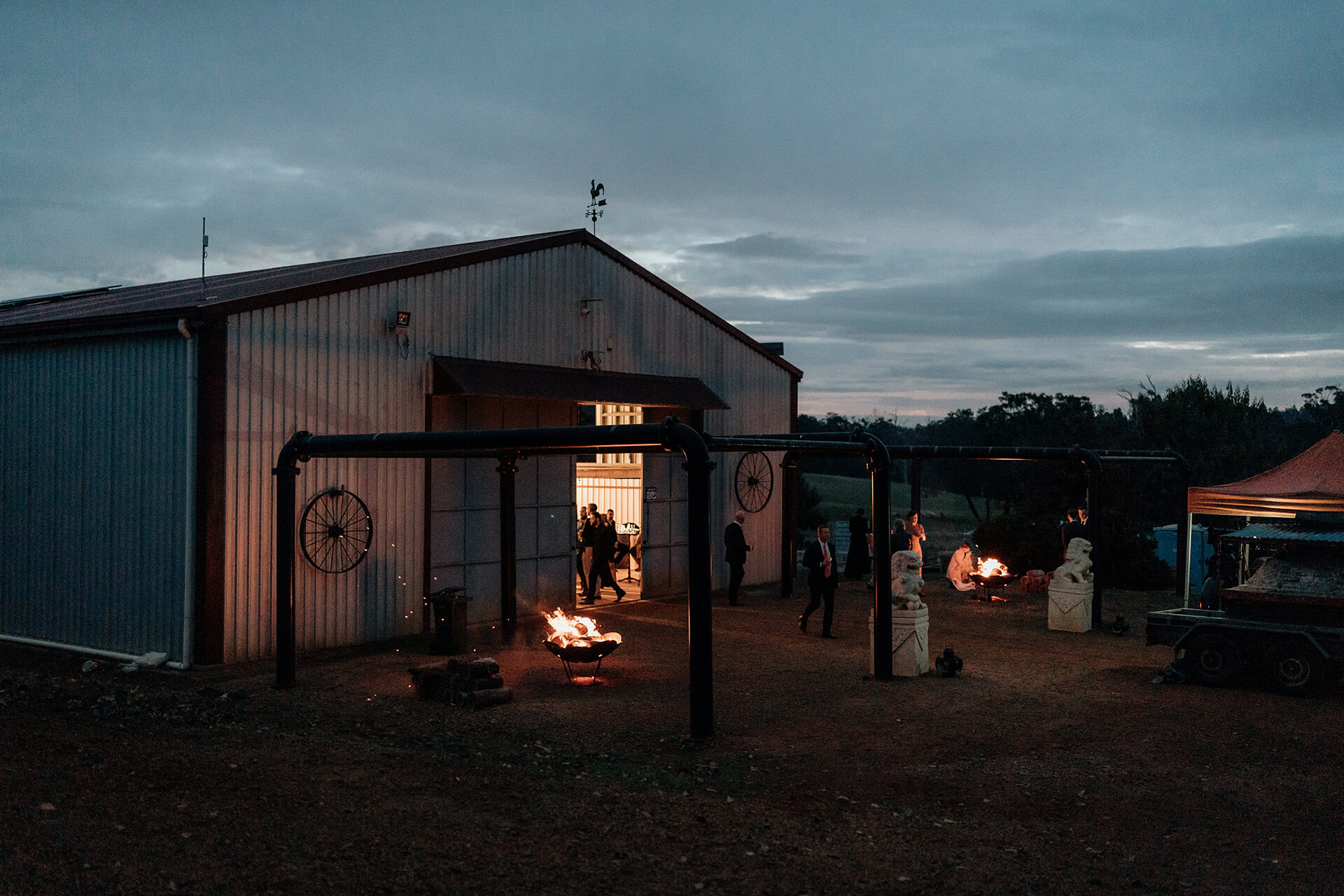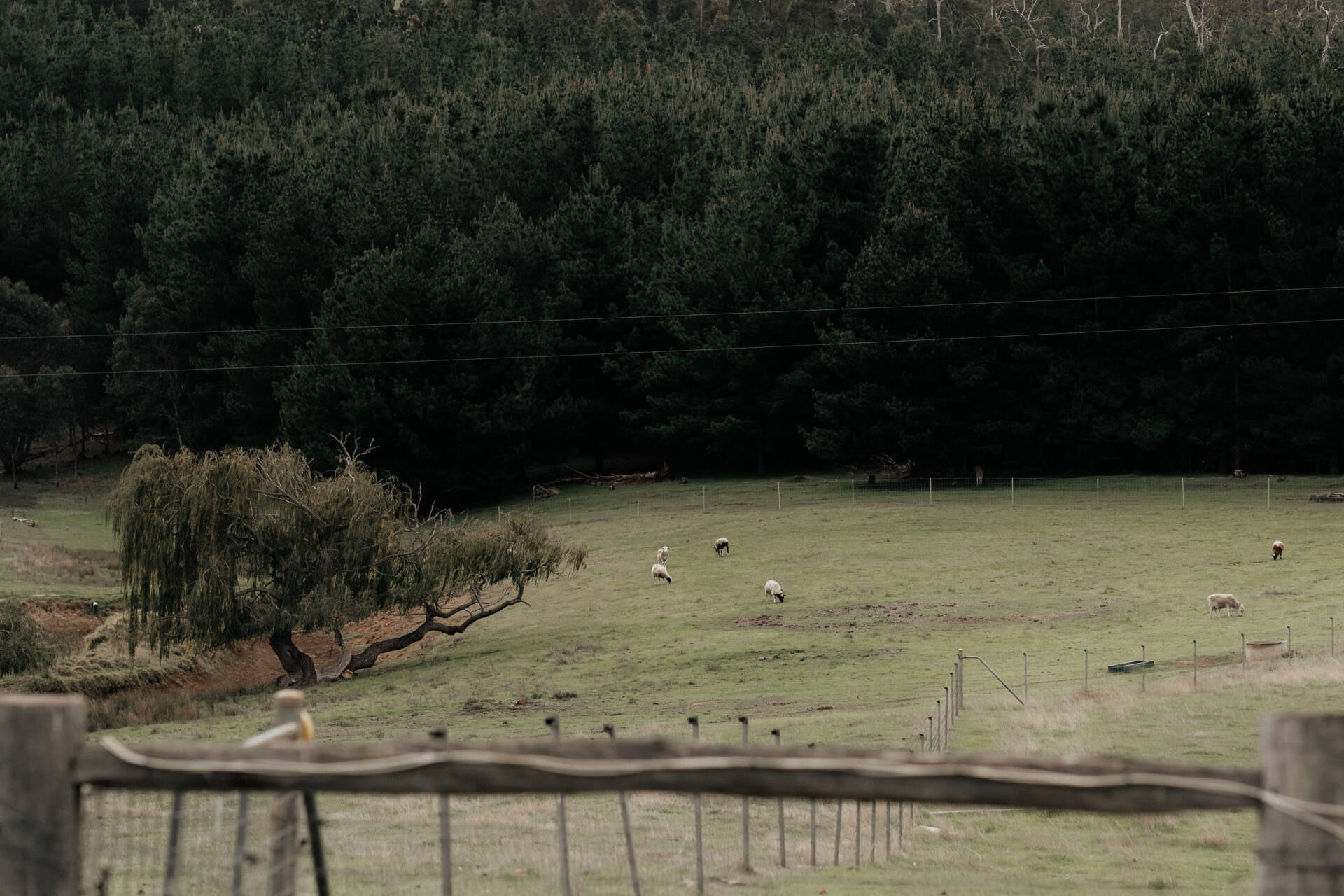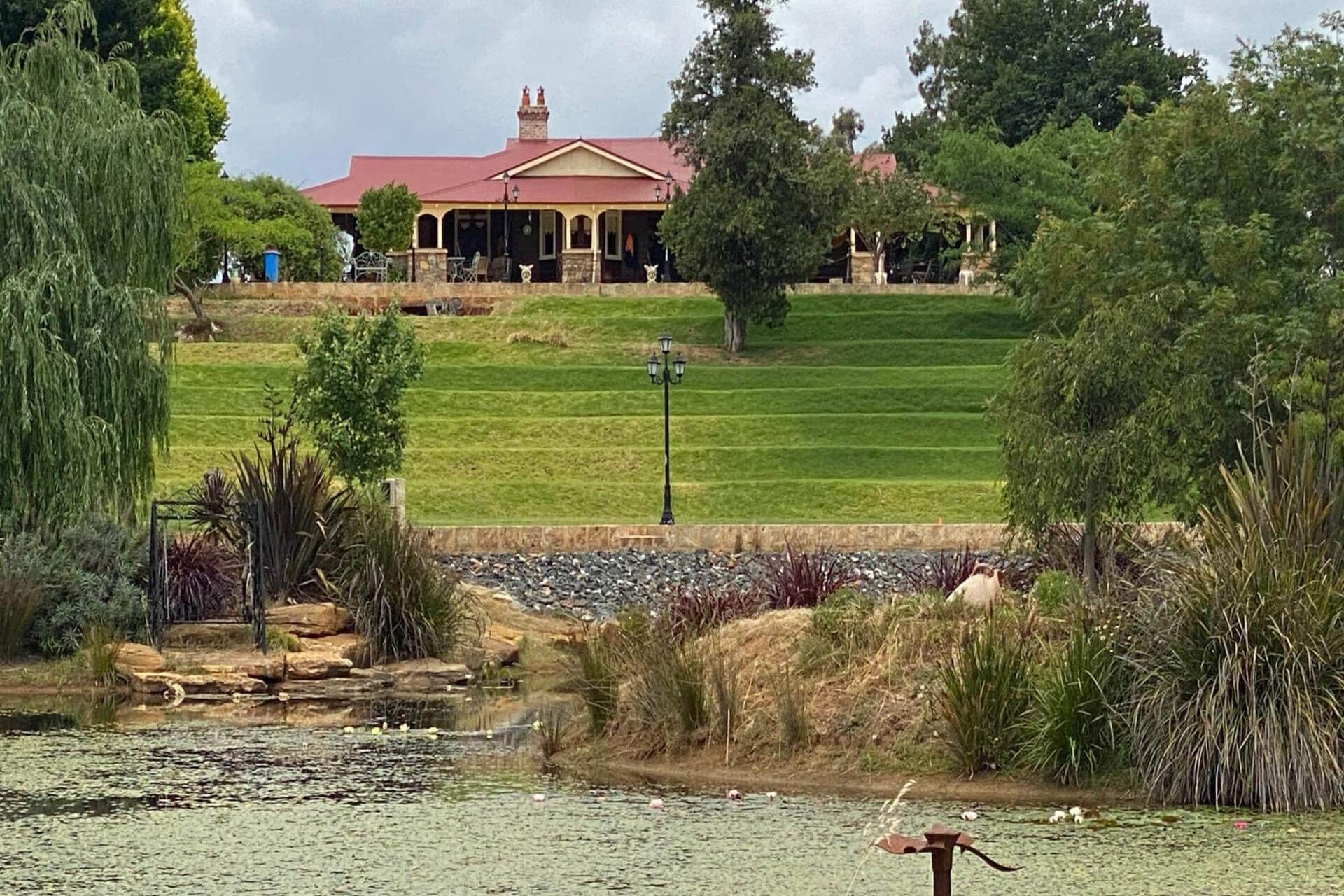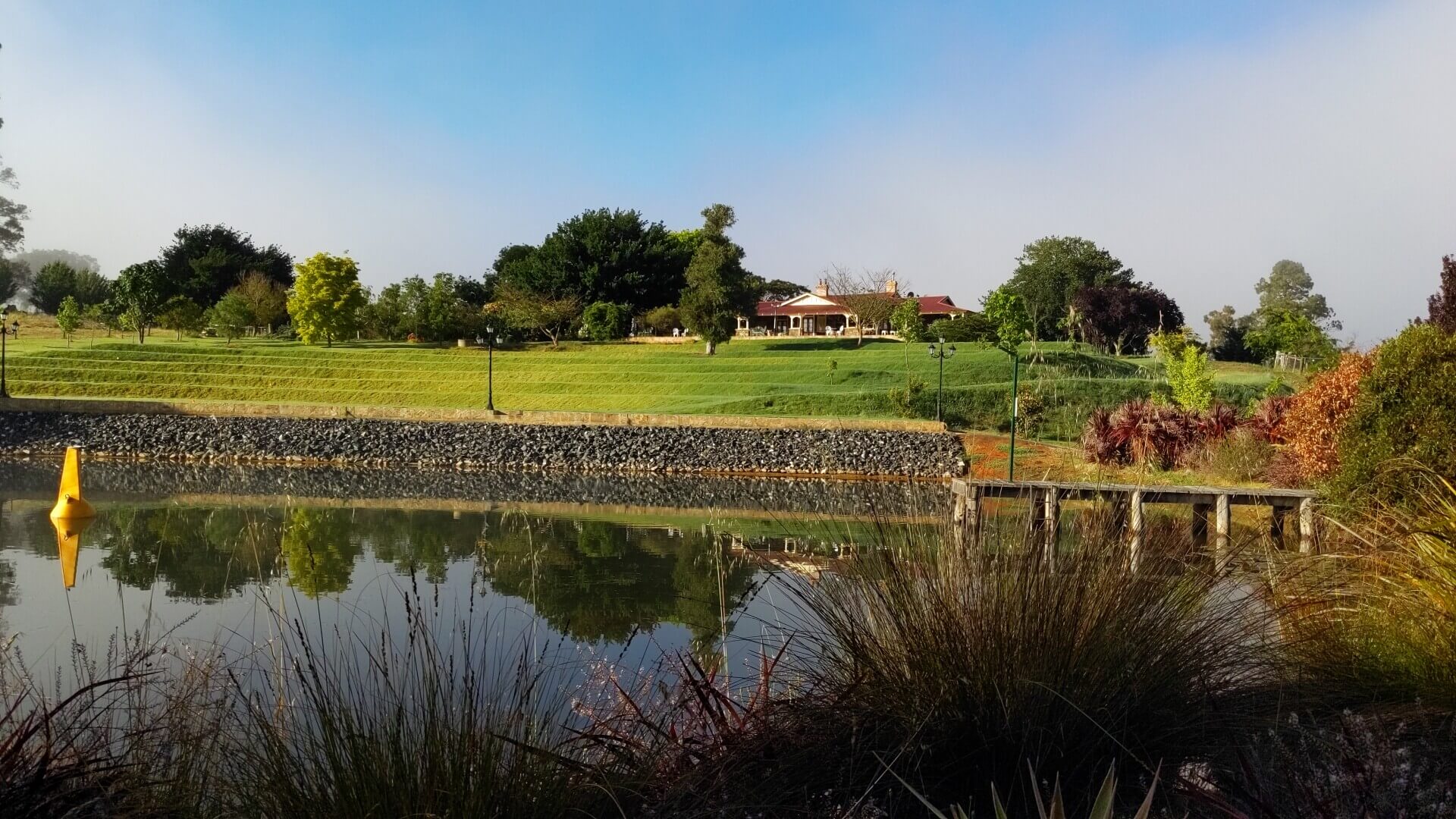THE WARDANDI AND PIBELMAN PEOPLE
The Peninsula farm and its homestead are located within “Geegelup” in southwest Western Australia, the name by which the area was well known before “Bridgetown” was adopted.
The name Geegelup was probably taken from the local Aboriginal term for the freshwater crustaceans found in the local brook.
The local tribe called these “guglies” and incorporated them into their diet. Other people changed this term to “gilgies”.
The farm is located on the Blackwood River, a site of spiritual significance through the Nyiiting (or Dreaming) stories that include the activity of the Waugal and his journey through southwest Australia.
The Blackwood River and its tributary, the Dalgarup River [Brook] within the farmhold are part of a sacred belief that these waterways were created by the Waugal.
The Blackwood River that runs through the farm is recognised as a place of significant cultural value for the First Nations people considered to have offered a cultural boundary between the Pibelman and Wardandi language groups of the Nyungar people in this region.
The original owners of the homestead, Jack and Louisa Walter reportedly continued access to the traditional owners of these waterways for continued cultural practices.
THE HOMESTEAD
The property was created from a land grant from Queen Victoria around 1880 and the Homestead is listed with the Heritage Council of WA.
Peninsula House gets its name from the peninsula of land created by the Blackwood River that bends back onto itself within the property boundaries.
The first house on the property was built by Knoz Brown around 1880 and then replaced in 1890 by Jack Walter whose father was Octavius (Ockie) Walter from Somerset, UK.
He came to Australia with his brother in 1887. In 1891, Jack married Louisa Emily Thomson, sister of Wag Walter’s wife, Lucille Jane Thomson.
His brother Wag Walters was the local Magistrate and built Ford House that’s situated near the railway bridge on the south side of Bridgetown soon after.


Jack and Lou first lived in the original two-roomed wattle and daub cottage which they gradually extended as the family grew, carrying out major additions and renovations around 1902.
The homestead and farm won the yearly prize from 1895 to 1901 for being the best farm in the district.
Read More
The current Federation-style house was built between 1913 and 1920 from timber and stone, likely obtained from local resources, and is built on the same site as the original house.
The only remnant of the original house is the cellar. After its construction the homestead quickly became a magnet for locals to visit and be entertained, having a ballroom, beautiful gardens, a large river pool, and tennis courts.
The original owners cleared the land for sheep and cattle grazing, eventually giving way to pear and apple orchards for a time. Peninsula House is still a working farm with rich clay-based soils and a northern-facing landscape. The good soil in the valley is being maintained, weeds reduced, with seeding and fertiliser used to increase crops produced as a food source for cattle and sheep in summer.
The farm is the only primary producer of Piedmontese cattle [from Piemonte in northern Italy] and Waigu in Western Australia. The sheep are black/white Dorpers from South Africa.
THE RESTORATION
Purchased in 2004, the homestead was in a state of ruin, uninhabited for decades prior, serving only to accommodate cattle and sparrows.
The jarrah timber structure and frame were relatively unscathed by time and weather, which can be observed in the untouched old ballroom ceiling, timber weatherboard exterior, and flooring.
The current owners restored the internal plaster walls, ceilings, and weathered veranda floors.
The restoration efforts presented an opportunity to expand and add interior design to the unique architecture with an additional bathroom and laundry being added.
The homestead consists of a 5-bedroom period house, with two bathrooms, a large French kitchen, a walk-in pantry, a ballroom, ornate fireplaces, a cellar, and grandiose ceilings.
Read More
The surroundings of the homestead have enjoyed the same amount of attention with the establishment of extensive gardens.
Inspired by the owner Lindy’s passion for Monet, the gardens are integrated with the historic 100-year-old oak, golden elm, and pine trees.
A Chinese Tree of Heaven seed was brought from Hong Kong during the Boxer Rebellion in about 1901 by a soldier relative of the Walters and the tree is situated in the main lawn area.
The current gardens have been established with careful consideration over 15 years using meticulous detail to landscape with hedges, rose arbors, shaded grassed areas, walkways, fountains, a hexagonal herb garden, follies, and a tree house. Most trees are deciduous, allowing for protection against bushfires and giving bright colours in autumn and flowers in spring.
A terraced grass amphitheater has been constructed, rolling down from the northern aspect of the homestead, providing an expansive events area, finishing with a lake backdrop. The lake was designed on the ecological principles of an artificial wetland.
The water levels can mimic seasonal change and can be lowered around the island, which is a refuge for bird life such as swans and a variety of ducks. The vegetation is a mix of native riparian vegetation using reeds and emergent macrophytes coupled with a variety of fringing vegetation comprising of international tree varieties (some New Zealand riparian vegetation was added for colour).

